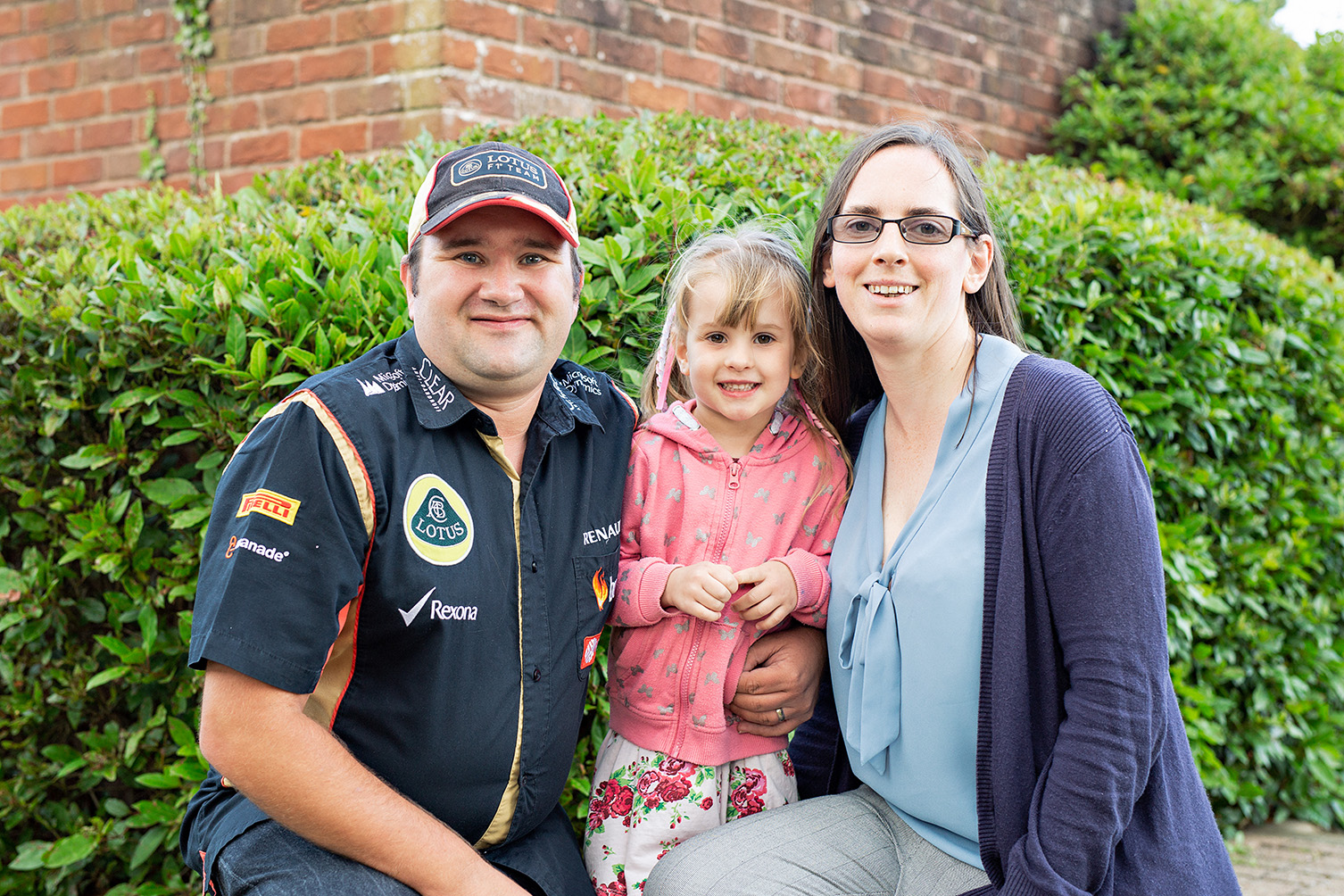If you are trying for a baby you might have questions about what’s normal, how long it should take, or how you can ensure the best chance of conceiving, among others. We have put together some facts and figures about fertility – but for further information and some more advice please visit the FAQ page of our website.
- 1 in 7 couples in the UK experience difficulties conceiving, which is about 3.5 million people.
- The age in healthy women at which fertility starts declining is around the late twenties. However, it starts to deteriorate more rapidly from around age 35.
- The most amount of caffeine to have a day when trying to conceive is 200mg, which is two espresso shots. Men who consume three or more cups of coffee per day may have reduced sperm concentration and a lower total sperm count, as well as lower sperm quality.
- The maximum amount of alcohol to drink up to twice a week is two units. Heavy drinking (more than six units per day) can lower a man’s sperm count and affect the health of the sperm. Women are also recommended to avoid alcohol when trying to conceive as it can affect a developing foetus and cause birth defects.
- Being overweight or underweight affects fertility. A body mass index of between 19 and 25 is ideal, and a minimum of 22% body fat is necessary for normal ovulation and conception. Women with a high BMI can find it harder to get pregnant while a very low BMI can cause irregular cycles or prevent ovulation altogether.
- The testis should be about 2°C cooler than the rest of the body. Very tight underwear is often mentioned, but other factors that can cause greater temperature change include hot showers and baths, saunas, sunbathing and even crossing legs.
- Infertility is the second most common reason for women aged 20–45 to visit their GP. Pregnancy is the first.
- Human eggs survive about 12-24 hours after they’re released, during which time it can be fertilised.
- Secondary infertility is infertility in couples who already have at least one child
- On average, 84% of couples trying for a baby will conceive within one year. 92% conceive within two years and 93% conceive within three years.
- Unsurprisingly, smoking should be avoided when trying for a baby. It is 50% more likely that conception will take longer than a year for a woman who smokes. Smoking and second-hand smoke can also delay the time it takes a woman to conceive and increase her risk of miscarriage. The chemicals in cigarette smoke can also cause extensive damage to sperm.
- Sperm can survive for up to five or six days in fallopian tubes, although this is more usually up to around three days for most. This means that fertilisation can occur even if sperm entered the fallopian tubes before an egg was released.
- Couples who are trying to conceive should have sex every two-three days so it is still enjoyable, although once a day is also fine. Abstaining from sex to save up sperm will not increase your chances of conception – in fact the stored, older sperm may be of poorer quality and even hinder the newer, healthier sperm from reaching the egg.
- About 90% of the sperm in an average man’s ejaculate are considered ‘deformed’ or ‘abnormal’. Figures can vary, but generally 5-15% normal sperm is considered healthy.
- The average male ejaculate is about a quarter to a full teaspoon, which contains about less than 5% sperm – still over 40 million sperm!
- Only about half of sperm swim in a straight line. The other half swim around in circles or follow the motion of the semen, which means it’s less likely that they will reach the egg.
- It takes about two to three months for sperm to be produced. This means that any bad habits should be given up months in advance to ensure the sperm is of a healthy quality.
- A severe fever (such as with flu of pneumonia) can adversely affect sperm production and quality for a few weeks, so it might be best to wait until after you’re both back to full health.
- A woman of up to 25 years of age should visit a doctor if she is unable to become pregnant after about two years of actively trying. For women over 35, this time period should only be about six months.
- The diameter of a human egg is about 0.1 mm. That’s the size of a full stop in a 12pt font.
- The head of a human sperm is 0.005 mm long – 1/20th the size of an egg. The ‘tail’ of the sperm is an additional 0.05 mm long.
- Sperm swim at about 0.055 mm per second – that’s the whole of their body length, which is roughly the equivalent to a sperm whale swimming at 45 miles per hour.








